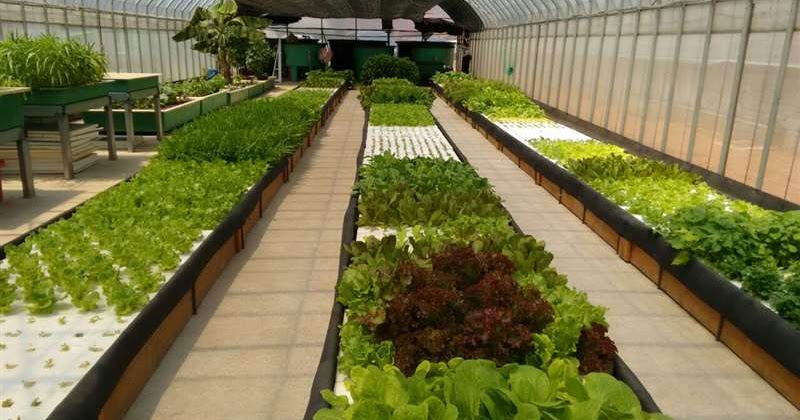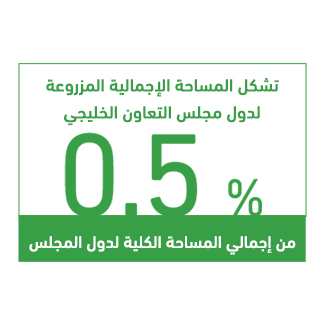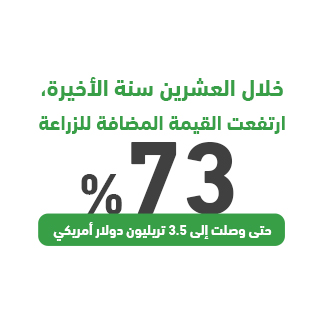Mashroo3k Economic Consulting Company offers a feasibility study for an aquaponics farm project in Yemen, with the highest return on investment and the best payback period. This study is based on a series of in-depth studies of the size of the Yemeni market, an analysis of the strategies of local and foreign competitors, and the ability to provide competitive pricing.

The aquaponics project operates using a hydroponic system, combining aquaculture (fish farming) with hydroponic plant farming. This combines fish farming and plant cultivation within a single integrated system. It is considered the most sustainable method of food production and the most advanced in the world in the fields of agriculture and environmental conservation. The plants purify water for the fish, which in turn provides natural fertilizer for the plants through their waste.
The Yemeni people are known for their abundant consumption of fish and seafood. Therefore, Mashroo3k Economic Consulting Company provides investors interested in investing in an aquaponics fish farming project in Yemen with a set of specialized feasibility studies based on updated databases specific to the Yemeni market. This helps ensure the project’s success, achieves the highest return on investment, and provides the best payback period.

The aquaponics farm provides breeding and fattening services for various fish and seafood species, such as sea bream, mackerel, shrimp, squid, cuttlefish, prawns, and kingfish. Demand for fish farming and fattening in Yemen is constantly increasing, and experts at Mashoro3k Company indicate that the project’s well-preparedness helps it provide local distribution services and export to other countries.


Savings on agricultural labor.
Ease of irrigation and environmental sterilization.
Speed crop production.
Precise control of plant nutrition.
Reducing the use of chemical pesticides.
Reducing the use of agricultural pesticides.
Saving irrigation water and fertilizers by approximately 80%.
Environmentally friendly due to the recycling of fertilizer waste.
Higher quality of the produced crops than traditional agriculture.
Production efficiency due to the availability of food and water near the roots.
Agricultural intensification and increasing the number of plants per unit area.
Contributes to providing all the necessary elements for plant growth.
Executive summary
Study of project services/products
Market Size Analysis.

Agricultural production sector in the Gulf Cooperation Council countries
There is no doubt that the agricultural sector is of great importance to the world’s economies today. It helps achieve self-sufficiency and food security, reduces unemployment and alleviates poverty, and is the primary source of raw materials for many manufacturing industries. This vital sector employs approximately 935.6 million workers, representing 28.3% of the global labor force.
Global agricultural production sector.
Over the past 20 years, the added value of agriculture has increased by 73% to US$3.5 trillion.
Agriculture represents 4% of global GDP.
Agriculture employs 874 million people, representing about 27% of the world’s total workforce.
4.8 billion hectares is the total agricultural area in the world, divided into (3.2 billion hectares of meadows and pastures and 1.6 billion hectares of crops).
9.4 billion tons is the total production of primary crops in the world.
337 million tons is the total world production of red and white meat.
883 million tons is the total world fruit production.
1128 million tons is the total world production of vegetables.
201 million tons is the total world production of vegetable oils.
883 million tons is the total world milk production.
83 million tons is the total world egg production.

According to data from the Food and Agriculture Organization of the United Nations (FAO), hunger is on the rise, with the number of undernourished people worldwide rising to 770 million.
This is a significant number, and we hope that agriculture and its products will contribute to reducing it.
It’s worth noting that agricultural land worldwide decreased by 127 million hectares between 2000 and 2019 (roughly the size of Niger), while forest area decreased by 94 million hectares (the size of the United Republic of Tanzania) during the same period.
These figures are undoubtedly somewhat reassuring, especially given the world’s growing population.
Therefore, Mashroo3k supports investment in the agricultural sector, seeking to keep pace with the growing demand for food